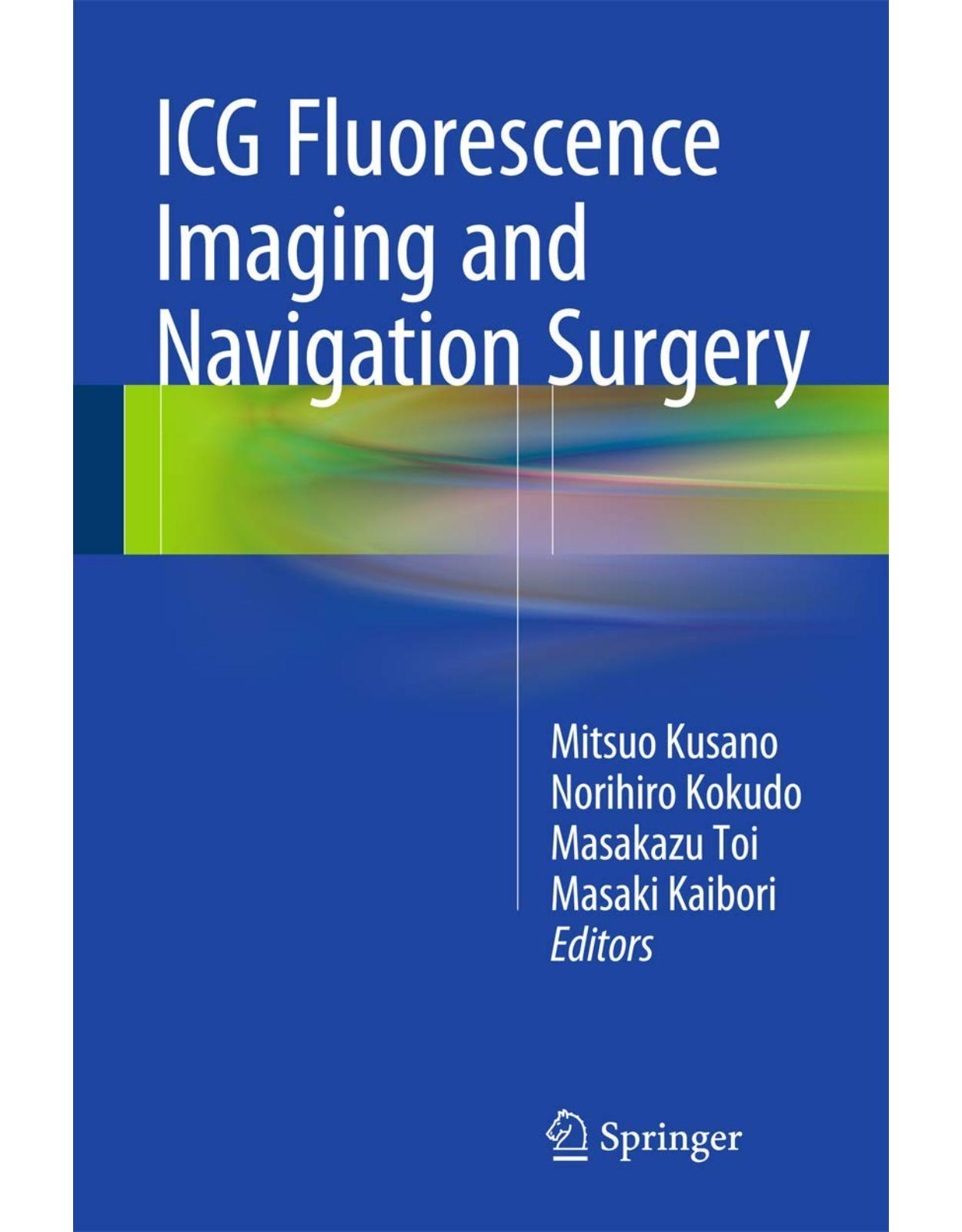
ICG Fluorescence Imaging and Navigation Surgery
Livrare gratis la comenzi peste 500 RON. Pentru celelalte comenzi livrarea este 20 RON.
Description:
This book presents a comprehensive overview and outlook for the future of indocyanine green (ICG) fluorescence navigation surgery, which is attracting clinical interest as a safe and less invasive procedure not only in detecting cerebral vessels, coronary arteries, and biliary trees, but also in identifying sentinel lymph nodes in cancer. The book starts with the characteristics of ICG and photodynamic cameras/endoscopes, followed by detailed descriptions of the applications of ICG fluorescence imaging in various areas such as ocular surgery, neurosurgery, cardiovascular surgery, and plastic surgery. It also covers identifying sentinel lymph nodes in breast cancer as well as cancers of the gastrointestinal tract, and provides valuable information for hepato-biliary-pancreatic surgeons, such as identifying tattooing of liver segments and bile leakage. Written entirely by experts in their respective areas, ICG Fluorescence Imaging and Navigation Surgery offers an essential resource for surgeons operating on cancers and vascular disorders in the brain and cardiovascular systems and in plastic surgery.
Table of Contents:
Part I: Basis of ICG Fluorescence Method
Chapter 1: Photodynamic Characteristics of ICG Fluorescence Imaging
1.1 Indocyanine Green (ICG)
1.2 Optical Characteristics of ICG
1.3 How ICG Generates Fluorescence
1.4 Considerations of the ICG Fluorescence Method
1.4.1 Toxicity
1.4.2 Concentration and Dose of ICG Injection for Fluorescence Imaging
1.4.3 Quenching Effect
References
Chapter 2: Indocyanine Green Fluorescence Properties
2.1 Introduction
2.2 Materials and Methods
2.2.1 Experimental Protocol
2.2.2 Preliminary Study of the Clinical Applications of Fluorescence Imaging Using the Optimal Conce
2.3 Results
2.4 Discussion
References
Chapter 3: Characteristics of the Photodynamic Eye Camera
3.1 History of Development of the pde-neo
3.2 The Basic Configuration of pde-neo
3.3 Camera Unit
3.4 Controller Part
3.5 User Directions for the pde-neo
References
Part II: Neurosurgery
Chapter 4: ICG Videoangiography in Neurosurgical Procedures
4.1 Introduction
4.2 Patients and Methods (Experience in our Hospital)
4.3 Results and Discussion
4.3.1 ICG-VAG for Clipping Cerebral Aneurysm
4.3.2 ICG-VAG for Bypass Surgery
4.3.3 ICG-VAG for Carotid Endarterectomy (CEA)
4.3.4 ICG-VAG for Vascular Malformations
4.3.5 ICG-VAG for Spinal Arteriovenous Fistula (AVF)
4.3.6 ICG-VAG for Cavernous Malformations (CMs)
4.3.7 ICG-VAG for Tumors in the Central Nervous System
4.4 Conclusion and Future Considerations
References
Part III: Head and Neck Surgery
Chapter 5: ICG Fluorescent Image-Guided Surgery in Head and Neck Cancer
5.1 Introduction
5.2 Sentinel Lymph Node (SLN) Navigation Surgery
5.3 ICG Fluorescence Imaging-Guided Surgery for Parapharyngeal Space Tumors
5.3.1 Introduction
5.3.2 Methods
5.3.3 Results
5.3.4 Discussion
5.3.5 Conclusion
5.4 Lymphatic Chemotherapy for Head and Neck Cancer
5.4.1 Methods
5.4.2 Results
5.4.3 Discussion
5.4.4 Conclusion
5.5 Significant Contribution to Superselective Intra-arterial Chemotherapy for Advanced Head and Nec
5.5.1 Introduction
5.5.2 Results
5.5.3 Discussion
5.6 Conclusion
References
Part IV: Cardiovascular Surgery
Chapter 6: Innovative SPY Intraoperative Imaging and Validation Technologies for Coronary Artery Byp
6.1 Introduction
6.2 About SPY System
6.3 Intraoperative SPY Images and Postoperative Angiography or MDCT
6.4 Usefulness of the SPY System
6.5 Our Experiences Using SPY System
6.6 The World´s First Two Cases with Nine-Anastomosis Off-Pump CABG
6.7 Intraoperative Graft Assessment Tools Comparison
6.8 SPY System for Arrested Heart
6.9 DICOM Movie Network System
6.10 Future Directions
6.11 Conclusion
References
Chapter 7: Application of an Angiographic Blood Flow Evaluation Technique in Cardiovascular Surgery
7.1 Introduction
7.2 Usefulness of HEMS Angiography in CABG
7.2.1 Setup and Imaging by HEMS Angiography for CABG
7.2.2 Evaluation of Coronary Artery Bypass Patency by HEMS Angiography
7.2.3 Pitfalls of HEMS Angiography
7.2.3.1 Penetration Depth and Fluorescent Luminescence
7.2.3.2 Time Lag of ICG Fluorescence
7.2.3.3 Impact of Imaging Velocity and Fluorescent Luminescence
7.2.4 General Assessment with Concomitant TTF
7.3 Application to Peripheral Artery Bypass Surgery
7.4 Evaluation of Blood Flow in Abdominal Organs
7.5 Conclusion
References
Part V: Sentinel Node Navigation Surgery: Breast Cancer
Chapter 8: Principle and Development of ICG Method
8.1 Introduction
8.2 Principle
8.2.1 Molecular Fluorescence of ICG
8.2.2 Optical Properties of ICG in the Living Tissue
8.3 Clinical Development for Sentinel Node Biopsy in Breast Cancer
8.3.1 Equipment
8.3.2 Surgical Procedures
8.3.3 Initial Results
8.4 Axillary Compression Technique
8.4.1 Principle and Procedures
8.4.2 Clinical Results
8.5 Conclusions
References
Chapter 9: Practice of Fluorescence Navigation Surgery Using Indocyanine Green for Sentinel Lymph No
9.1 Sentinel Lymph Node Biopsy in Breast Cancer
9.2 Conventional Methods for SLN Detection
9.3 SLN Detection with the Indocyanine Green Fluorescence Navigation Method
9.3.1 Device Used
9.3.2 Use of ICG as a Tracer
9.3.3 Tracer Preparation and Injection
9.3.4 Surgical Procedures
9.4 Comparison of SLNB Guided by the ICG Method Versus BD or RI Method
9.5 Summary
References
Chapter 10: A Perspective on Current Status and Future Directions of Sentinel Node Biopsy Using Fluo
10.1 Introduction
10.2 A Perspective on Current Status of the ICG Fluorescence Imaging
10.2.1 Comparison Between ICG Fluorescence and Blue Dye
10.2.2 Comparison Between ICG Fluorescence and RI
10.2.3 Clinical Issue for the ICG Fluorescence Method
10.3 Future Direction
References
Chapter 11: Indocyanine Green Fluorescence Axillary Reverse Mapping for Sentinel Node Navigation Sur
11.1 Introduction
11.1.1 History of Axillary Reverse Mapping
11.2 Patients and Methods
11.2.1 Patients
11.2.2 Methods
11.3 Results
11.4 Discussion
11.4.1 Prospects for the Future
References
Chapter 12: A New Concept for Axillary Treatment of Primary Breast Cancer Using Indocyanine Green Fl
12.1 Introduction
12.2 Sentinel Node Identification by the fICG Method
12.3 Axillary Staging by the fICG Method
12.4 SLN Biopsy After Preoperative Systemic Therapy
12.5 Conclusions
References
Part VI: Sentinel Node Navigation Surgery and Other Applications for Gastrointestial Tract Cancers:
Chapter 13: Function-Preserving Curative Gastrectomy Guided by ICG Fluorescence Imaging for Early Ga
13.1 The Need for Function-Preserving Gastrectomy
13.2 SN Concept in Early Gastric Cancer
13.3 Clinical Application of SN Navigation Surgery
13.4 Technical Difficulty of Combination Mapping for Laparoscopic Gastrectomy
13.5 Feasibility of ICG Fluorescence Mapping for Early Gastric Cancer
13.6 Unsolvable Issues of ICG Fluorescence Mapping
13.7 The Future of Laparoscopic Gastric Surgery
References
Part VII: Sentinel Node Navigation Surgery and Other Applications for Gastrointestial Tract Cancers:
Chapter 14: Fluorescent Navigation Surgery for Gastrointestinal Tract Cancers: Detection of Sentinel
14.1 Introduction
14.2 Materials and Methods
14.2.1 The Detection of SLNs
14.2.2 Tattooing the Tumor Region Using ICG Fluorescence
14.2.3 ICG Fluorescence-Assisted Ex Vivo Lymph Node Harvest in Gastric Cancer
14.3 Results
14.3.1 The Detection of SLNs
14.3.2 The Tattooing of the Tumor Region by ICG Fluorescence
14.3.3 ICG Fluorescence-Assisted Ex Vivo Lymph Node Harvest in Gastric Cancer
14.4 Discussion
References
Part VIII: Sentinel Node Navigation Surgery and Other Applications for Gastrointestial Tract Cancers
Chapter 15: Sentinel Node Navigation Surgery for Rectal Cancer: Indications for Lateral Node Dissect
15.1 Introduction
15.2 Patients and Methods
15.2.1 Patients
15.2.2 Detection of the SN with ICG Using the Near-Infrared Camera System
15.2.3 Division of the Lateral Pelvic Region
15.2.4 Statistical Analysis
15.3 Results
15.3.1 Patient Characteristics
15.3.2 Feasibility
15.3.3 Detection of Lateral SNs
15.3.4 Correlations Between the Tumor-Positive Lymph Nodes and Dissected Lymph Nodes
15.4 Discussion
References
Part IX: Sentinel Node Navigation Surgery: Skin Cancer
Chapter 16: Indocyanine Green Fluorescence-Navigated Sentinel Node Navigation Surgery (SNNS) for Cut
16.1 Introduction
16.2 Objectives
16.3 Methods
16.3.1 Administration of ICG
16.3.2 Observation of the Lymph Tracts (Fig.16.1)
16.3.3 Surgical Resection of SLNs
16.3.4 Histopathologic Evaluation of SLNs
16.4 Discussion
References
Chapter 17: Regional Lymph Node Dissection Assisted by Indocyanine Green Fluorescence Lymphography a
17.1 Introduction
17.2 En-bloc Lymph Node Dissection
17.3 Decision of the Levels of Dissection of Regional Lymph Basin
17.4 Blood Flow Evaluation of Skin Flap in Groin Dissection
References
Part X: Assessment of Blood Supply to Tissue and Reconstructed Organ with Application of Plastic Sur
Chapter 18: Blood Supply Visualization for Reconstruction During Esophagectomy
18.1 Introduction
18.1.1 Background
18.1.2 Laser Doppler Flowmetry
18.1.3 Intraoperative Fluorescent Imaging
18.2 Methods
18.2.1 Patient Characteristics
18.2.2 Operative Procedures
18.2.3 Modified Procedure
18.2.4 ICG Imaging
18.3 Results
18.3.1 Operative Procedures
18.3.2 Intraoperative Fluorescent Imaging
18.3.3 Patient Outcomes
18.4 Discussion
18.4.1 Intraoperative Visualization of Blood Supply
18.4.2 Rate of Anastomotic Leakage
18.4.3 Evaluation of Microvascular Anastomosis
18.4.4 Literature Review
18.4.5 Evaluation of ICG Fluorescence
18.4.6 Benefits of ICG Fluorescence
18.5 Conclusions
References
Chapter 19: Evaluation of Viability of Reconstruction Organs During Esophageal Reconstruction
19.1 Background
19.2 The LED-Excitation ICG-Fluorescence Video Navigation System
19.2.1 Application of the LED-Excitation ICG-Fluorescence Video Navigation System
19.3 Surgical Procedure
19.4 ICG-Based Assessment of Perfusion of the Small-Diameter Gastric Tube
19.4.1 Assessment of Gastric Tube Perfusion: Results in 48 Patients
19.5 ICG-Based Assessment of Intestinal Perfusion Associated with Vascular Anastomosis
19.6 Discussion
19.7 Conclusion
References
Chapter 20: ICG Fluorescence Navigation Surgery in Breast Reconstruction with TRAM Flaps
20.1 Methods
20.2 Observation
20.3 Evaluation
20.4 Results
20.5 Discussion
20.6 Summary
References
Chapter 21: Intraoperative Evaluation of Flap Circulation by ICG Fluorescence Angiography in the Bre
21.1 Introduction
21.2 Vascular Anatomy of TRAM Flap
21.3 Operative Procedures
21.3.1 Preoperative Markings and Preparations
21.3.2 Elevation of TRAM Flap
21.3.3 Evaluation of Flap Circulation by ICG Fluorescence Angiography
21.3.4 Flap Inset and Abdominal Closure
21.4 Discussion
References
Chapter 22: Pre- and Intraoperative Identification of Perforator Vessels Using MRA/MDCTA, Doppler So
22.1 Introduction
22.2 Materials and Methods
22.2.1 Preoperative Identification of Perforator Vessels (MRA/MDCTA and Doppler Sonography)
22.2.2 Intraoperative Identification of Perforator Vessels (Doppler Sonography and ICG Fluorescence
22.2.3 ICG Fluorescence Dosing Method
22.2.4 Concrete Method by Flap Type
22.2.4.1 Freestyle Pedicled Perforator Flap
22.2.4.2 Free Perforator Flap
References
Chapter 23: Intraoperative Assessment of Intestinal Perfusion Using Indocyanine Green Fluorescence A
23.1 Introduction
23.2 The Techniques Used for ICG-AG
23.3 Case Presentation
23.3.1 Case 1
23.3.2 Case 2
23.3.3 Case 3
23.4 Discussion
References
Part XI: Hepato-Pancreatic-Biliary Surgery: Liver
Chapter 24: Basic Aspects of ICG Fluorescence Imaging of the Liver
24.1 Introduction
24.2 Fluorescence Images of the Liver After ICG Injected Intravenously
24.2.1 Early Hepatic Phase
24.2.2 Biliary Phase
24.2.3 Late Hepatic Phase
24.3 Microscopic Fluorescence Findings of the Liver
24.3.1 Uptake of ICG in Hepatocytes
24.3.2 Microscopic Findings of Time-Dependent Changes of Fluorescent Images in Hepatocytes
24.4 Discussion
References
Chapter 25: Intraoperative Liver Segmentation Using Indocyanine Green Fluorescence Imaging
25.1 Introduction
25.1.1 Anatomical Liver Resection
25.1.2 Conventional Procedures for Hepatic Segmentation
25.1.3 A Novel Method for Hepatic Segmentation Using ICG and NIRF
25.2 Materials and Methods
25.2.1 ICG as a Fluorescent Agent
25.2.2 NIRF Imaging System
25.3 Techniques of ICG Injection for Intraoperative Liver Segmentation
25.3.1 Counterperfusion Method
25.3.2 Direct Perfusion Method
25.4 Imaging Results
25.4.1 Images of the Counterperfusion Method During Liver Resection
25.4.2 Images of the Direct Staining Method During Liver Resection
25.5 Discussion
References
Chapter 26: Liver Parenchymal Staining Using Fusion ICG Fluorescence Imaging
26.1 Background
26.2 Methods
26.2.1 Instruments
26.2.2 Surgical Technique
26.2.3 IV Method
26.2.4 PV Method
26.2.5 Vein-Oriented Staining
26.2.6 Acquisition of Fusion IGFI Images
26.2.7 Acquisition of Conventional Demarcation Images
26.3 Case Presentations
26.3.1 Case 1: IV Method
26.3.2 Case 2: PV Method
26.3.3 Case 3: Vein-Oriented Staining Method
26.4 Comment
References
Part XII: Hepato-Pancreatic-Biliary Surgery: Liver Tumors
Chapter 27: Anatomical Hepatectomy Using Indocyanine Green Fluorescent Imaging and Needle-Guiding Te
27.1 Anatomical Resection for Hepatocellular Carcinoma
27.2 Fluorescent Imaging System
27.3 ICG Staining
27.4 Needle-Guiding Technique
27.5 Hepatectomy
27.6 ICG Counterstaining
27.7 Conclusion
References
Chapter 28: Microscopic Findings of Fluorescence of Liver Cancers
28.1 Introduction
28.2 Materials and Methods
28.3 Results
28.3.1 Clinicopathological Characteristics
28.3.2 Macroscopic Findings of Fluorescence: Liver Sections
28.3.3 Microscopic Findings of Fluorescence
28.4 Discussion
References
Chapter 29: Intraoperative Detection of Hepatocellular Carcinoma Using Indocyanine Green Fluorescenc
29.1 Introduction
29.2 Technique of ICG Fluorescence Imaging for HCC Detection
29.3 Detection of HCC Nodules Using ICG Fluorescence Imaging
29.4 Correlation Between the ICG Fluorescence Pattern and HCC Differentiation
29.5 Newly Detected Lesions on ICG Fluorescence Imaging
29.6 Detection of Extrahepatic HCC Tumors Using ICG Fluorescence Imaging
29.7 Future Perspectives
29.8 Conclusion
References
Chapter 30: Laparoscopic Intraoperative Identification of Liver Tumors by Fluorescence Imaging
30.1 Introduction
30.2 Materials
30.3 Evaluation of ICG Fluorescence Imaging During Laparoscopic Liver Navigation
30.3.1 Hepatocellular Carcinoma
30.3.2 Intrahepatic Cholangiocellular Carcinoma
30.3.3 Liver Cyst
References
Chapter 31: Application of Indocyanine Green Fluorescence Imaging to Pediatric Hepatoblastoma Surger
31.1 Introduction
31.2 Clinical Applications
31.2.1 Primary Lesions
31.2.1.1 Evaluation of Residual Tumors
31.2.1.2 Intraoperative Cholangiography
31.2.1.3 Evaluation of Extrahepatic Spreading of the Tumor
31.2.2 Metastatic Lesions
31.2.2.1 Lung Metastases
31.2.2.2 Lymph Node Metastases
31.2.2.3 Peritoneal Metastases
31.3 Problems
31.3.1 False-Positive
31.3.2 False-Negative
31.4 Conclusion
References
Chapter 32: Indocyanine Green-Related Transporters in Hepatocellular Carcinoma
32.1 Introduction
32.2 ICG Fluorescent Pattern
32.3 ICG Pharmacokinetics
32.4 ICG Fluorography and Magnetic Resonance Imaging
32.5 Expression of Hepatic Transporters in HCC
32.5.1 Influx Transporter
32.5.2 Efflux Transporter
32.6 Conclusion
References
Part XIII: Hepato-Pancreatic-Biliary Surgery: Liver Transplantation
Chapter 33: Liver Transplantation Guided by ICG Fluorescence Imaging: Assessment of Hepatic Vessel R
33.1 Introduction
33.2 Fluorescence Angiography During Recipient Surgery
33.2.1 Background
33.2.2 Administration of ICG
33.2.3 Visualization of Hepatic Blood Flow After Reconstruction of Hepatic Vessels
33.3 Intraoperative Visualization of Veno-occlusive Regions in the Liver Graft
33.3.1 Background
33.3.2 Administration of ICG
33.3.3 Visualization of Regions with Venous Flow After Reconstruction of the Hepatic Venous Tributar
33.4 Conclusion
References
Part XIV: Hepato-Pancreatic-Biliary Surgery: Biliary Tract
Chapter 34: Fluorescence Imaging for Intraoperative Identification of Pancreatic Leak
34.1 Introduction
34.2 Pancreatic Chymotrypsin as a Target Substance for Fluorescence Imaging
34.3 Application of the Chymotrypsin Probe for Pancreatic Resection in a Swine Model
34.4 Conclusion
References
Chapter 35: Intraoperative Indocyanine Green Fluorescent Imaging for Prevention of Bile Leakage Afte
35.1 Introduction
35.2 Materials and Methods
35.2.1 Patients
35.2.2 Surgical Techniques
35.3 Results
35.3.1 Patterns of Fluorescence
35.3.2 Postoperative Bile Leakage
35.4 Discussion
References
Chapter 36: ICG Fluorescence Cholangiography During Laparoscopic Cholecystectomy
36.1 Introduction
36.2 Materials and Methods
36.2.1 Laparoscopic Approach
36.3 Results
36.4 Discussion
References
Chapter 37: Usefulness of ICG Fluorescence Imaging in Laparoscopic Liver Resection
37.1 Introduction
37.2 Materials
37.3 Role of ICG Fluorescence Imaging in Laparoscopic Liver Resection
37.3.1 Identification of Anatomic Domain in the Liver
37.3.1.1 Background
37.3.1.2 Mechanism
37.3.1.3 Method
37.3.1.4 Case Presentation
37.3.1.5 Assessment
37.3.2 Detection of Liver Tumors
37.3.2.1 Background
37.3.2.2 Mechanism
37.3.2.3 Method
37.3.2.4 Case Presentation
37.3.2.5 Assessment
37.3.3 Visualization of Biliary Leakage
37.3.3.1 Background
37.3.3.2 Mechanism
37.3.3.3 Method
37.3.3.4 Case Presentation
37.3.3.5 Assessment
37.4 Conclusion
References
Part XV: Hepato-Pancreatic-Biliary Surgery: Pancreas
Chapter 38: Detection of Hepatic Micrometastases from Pancreatic Cancer
38.1 Rationale for the Detection of Hepatic Micrometastases from Pancreatic Cancer
38.2 Procedures
38.3 Detection of Hepatic Micrometastases
38.4 Histopathological Features of Hepatic Micrometastases
38.5 Clinical Impact of Hepatic Micrometastases
38.6 Future Perspectives
References
Part XVI: Surgery for Lymphedema
Chapter 39: Superficial Lymph Flow of the Upper Limbs Observed by an Indocyanine Green Fluorescence
39.1 Introduction
39.2 Materials and Methods
39.3 Results
39.3.1 The Normal IF Lymphography of Superficial Lymph Flows
39.3.2 Characteristic ICG Fluorescence Images of BCRL Patients
39.3.3 Evaluation of the Effect of CDP for the Upper Limbs Using the IF Method
39.4 Discussion
References
Chapter 40: Indocyanine Green Fluorescent Lymphography and Microsurgical Lymphaticovenous Anastomosi
40.1 Introduction: History of Lymphatic Imaging Techniques
40.2 Indocyanine Green Fluorescent Lymphography
40.3 Surgical Operations for Lymphedema and ICG Lymphography
40.4 Protocol of ICG-LG
40.4.1 Preparation of Examination
40.4.1.1 Examination Reagent
40.4.1.2 Pain Control
40.4.1.3 Setup of Examination Room
40.4.2 Ladder of Examination and Operation
40.4.2.1 Injections
40.4.2.2 Observations and Selection of Lymphatic Vessels for LVA
40.4.3 Skin Incision, Preparation, and Anastomosis of Lymphatic Vessels
40.5 Outcomes of LVA
40.6 Conclusion
References
Chapter 41: Comprehensive Lymphedema Evaluation Using Dynamic ICG Lymphography
41.1 ICG Lymphography for Lymphedema Evaluation
41.2 Dynamic ICG Lymphography
41.2.1 Assessment of Lymph Pump Function
41.2.2 Assessment of Lymph Circulation
41.2.2.1 Pathophysiological Severity Staging Systems for Secondary Lymphedema (Dermal Backflow Stage
41.2.2.2 ICG Lymphography Classification for Primary Lymphedema
41.2.3 Navigation for Lymphatic Supermicrosurgery
41.3 Lymphedema Management Using ICG Lymphography
References
Chapter 42: Lymphatic Pumping Pressure in the Legs and Its Association with Aging, Edema, and Qualit
42.1 Background
42.2 Methods
42.2.1 Measuring the Human Lymph Pumping Pressure
42.2.2 The Effect of Aging on Human Lymph Pumping Pressure
42.2.3 Value of Human Lymphatic Pumping Pressure in Association with Leg Edema and Quality of Life
42.2.3.1 Methods
42.2.3.2 Quality of Life with or Without Leg Edema
42.2.3.3 Quality of Life and Leg Plymph pump
42.3 Conclusions
References
Chapter 43: ICG Fluorescence Lymphography for Confirming Mid- to Long-term Patency of LymphaticVenou
43.1 LymphaticVenous Side-to-End Anastomosis
43.1.1 Indications for LVSEA
43.1.2 Perioperatively Locating Sites for Anastomosis
43.1.3 Side-to-End Anastomosis (Fig.43.1)
43.1.4 Intraoperative Confirmation of Patency
43.2 Postoperative Evaluations
43.2.1 Postoperative Patency
43.2.2 Other Findings in Postoperative ICG Fluorescence Lymphography
43.3 Case Presentation
43.3.1 Mid-term Results (Fig.43.5)
43.3.2 Long-term Results
43.4 Conclusions
References
| An aparitie | 2016 |
| Autor | Kusano |
| Dimensiuni | 15.82 x 3.15 x 24.18 cm |
| Editura | Springer |
| Format | Hardcover |
| ISBN | 9784431555278 |
| Limba | Engleza |
| Nr pag | 487 |

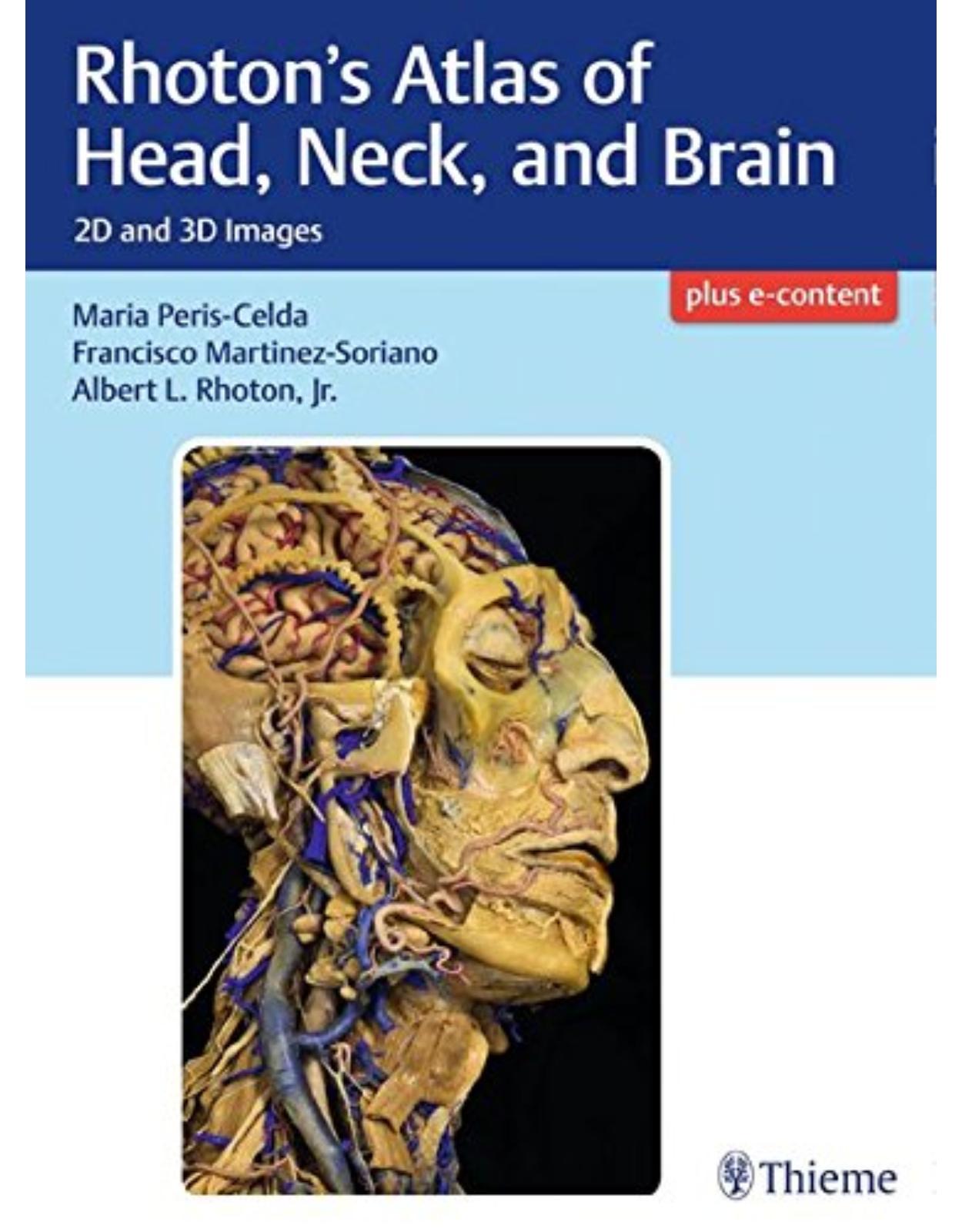
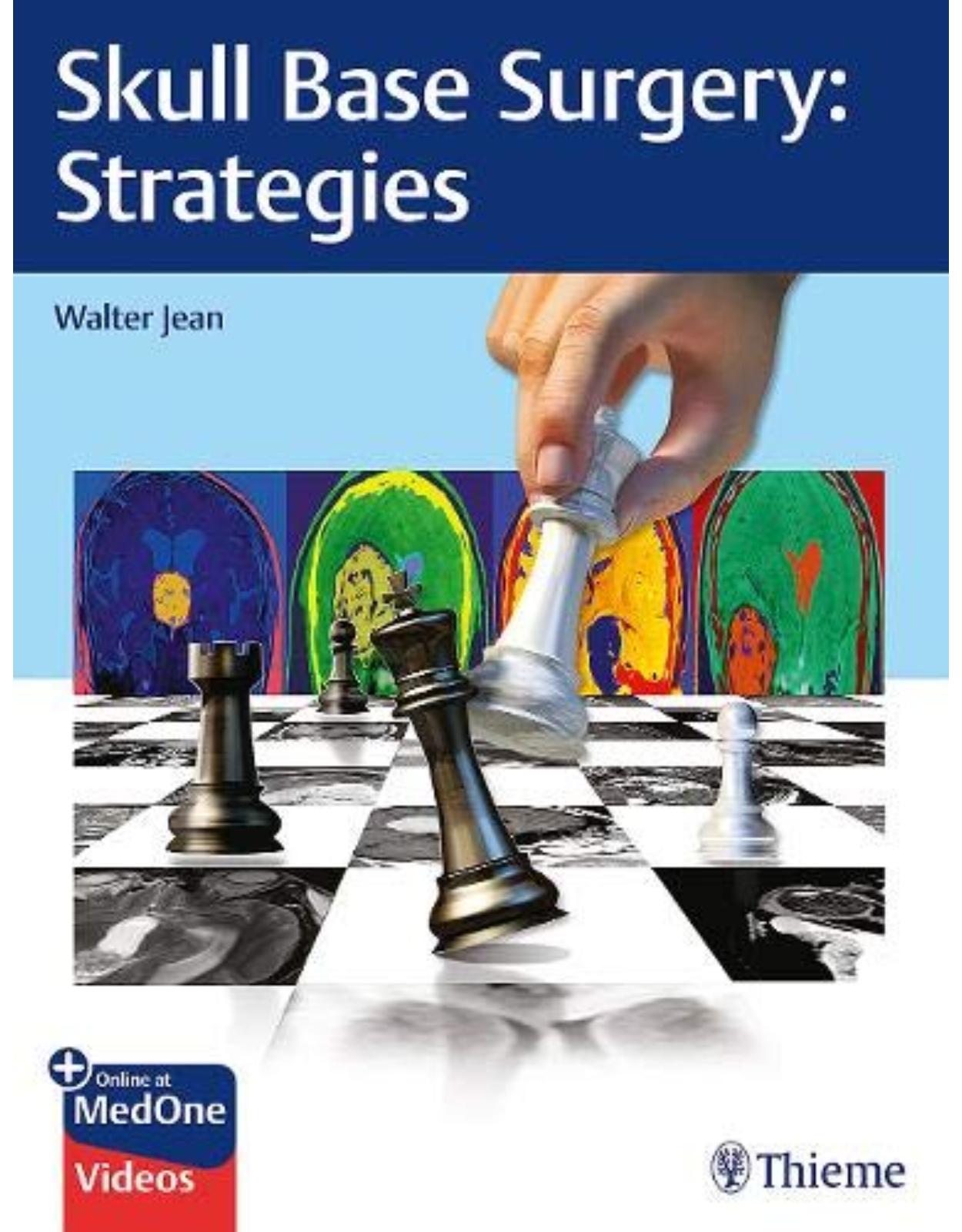
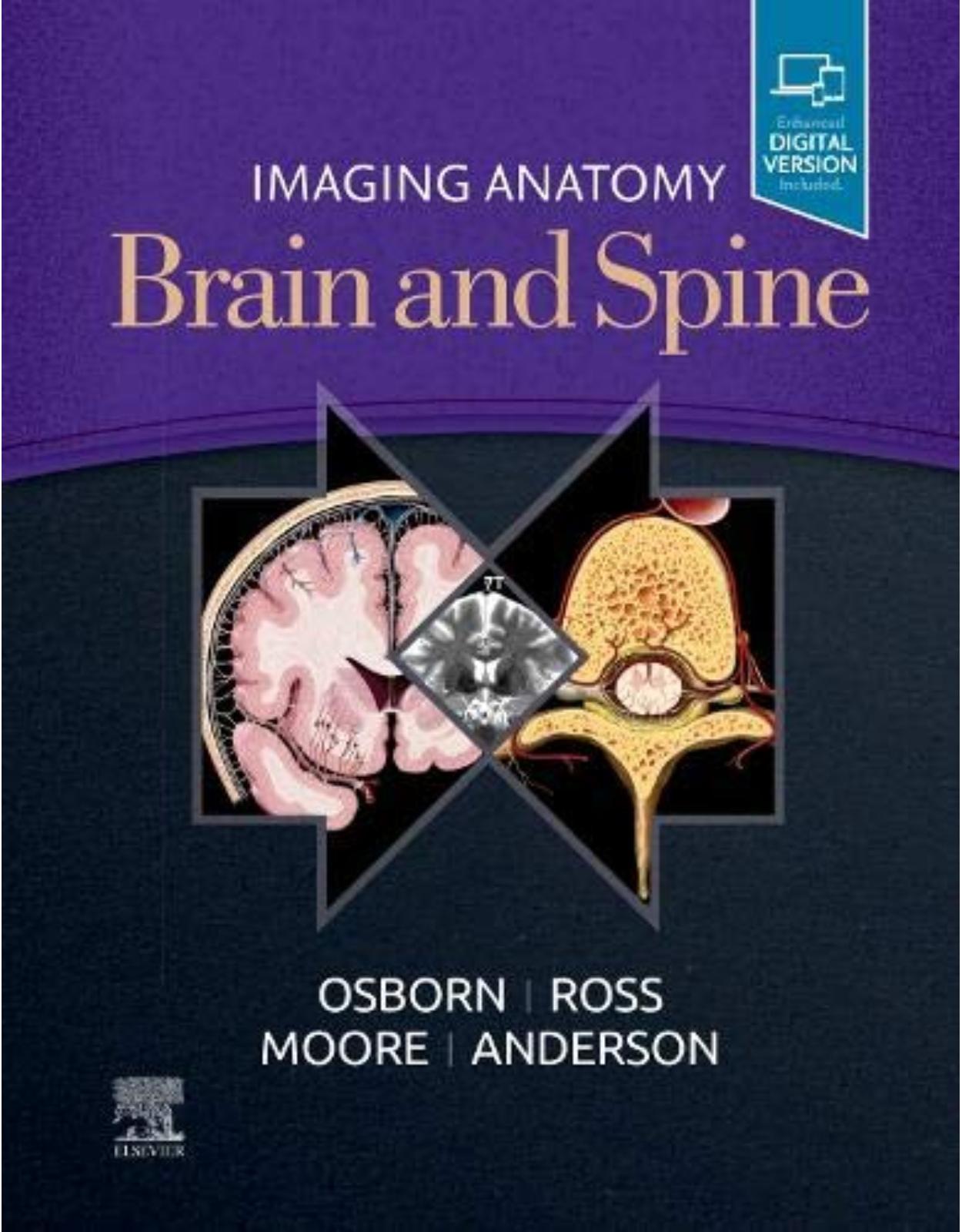
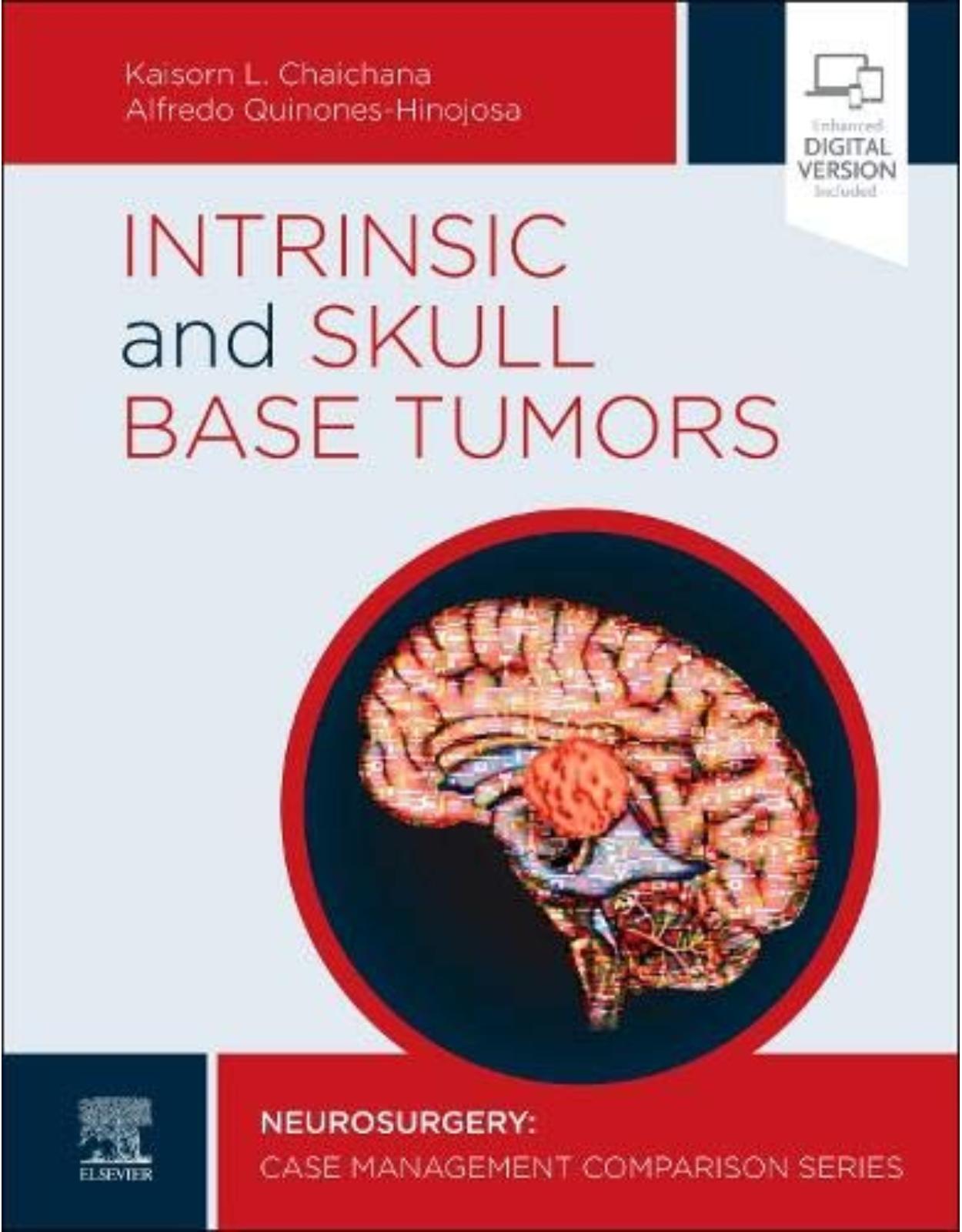
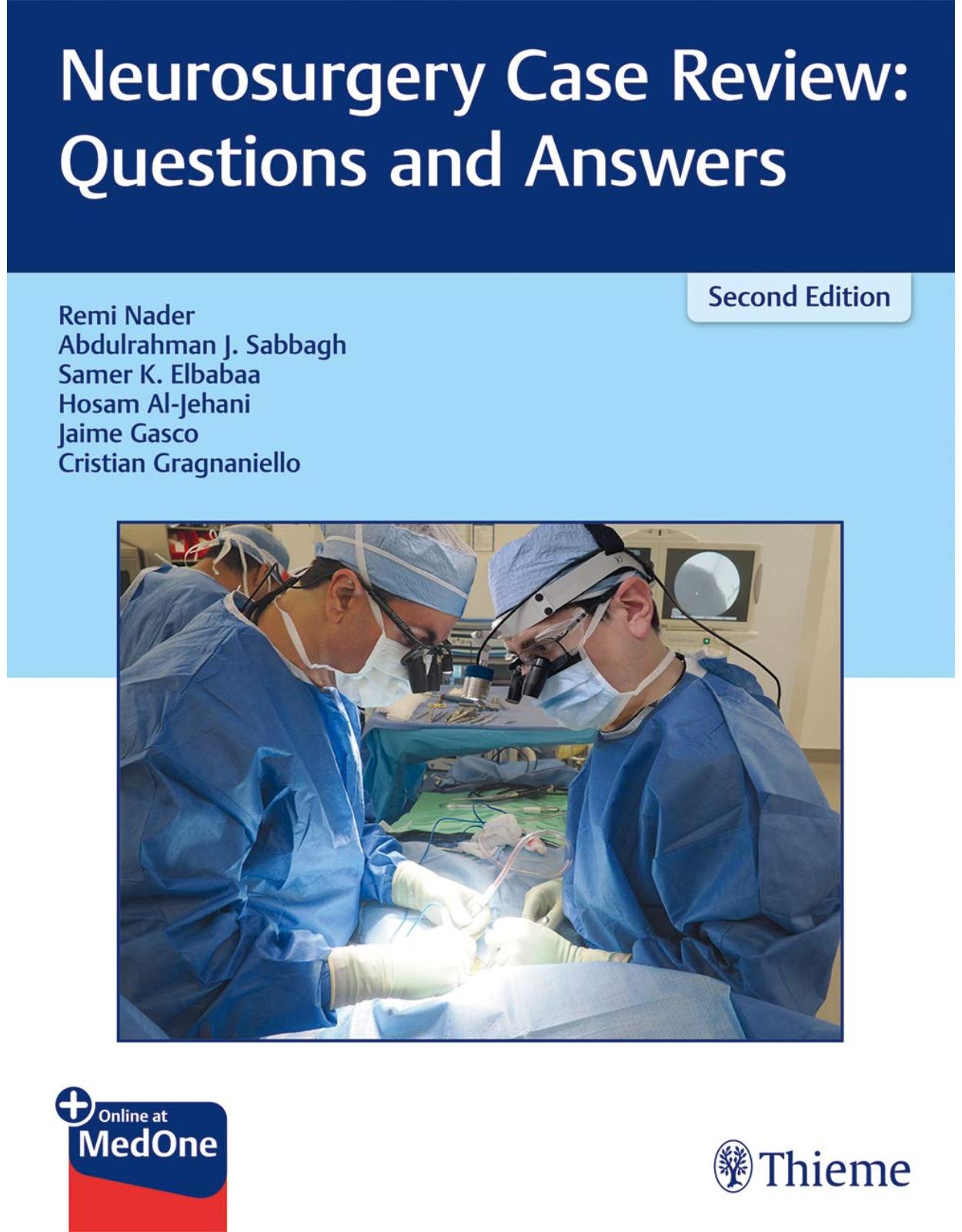
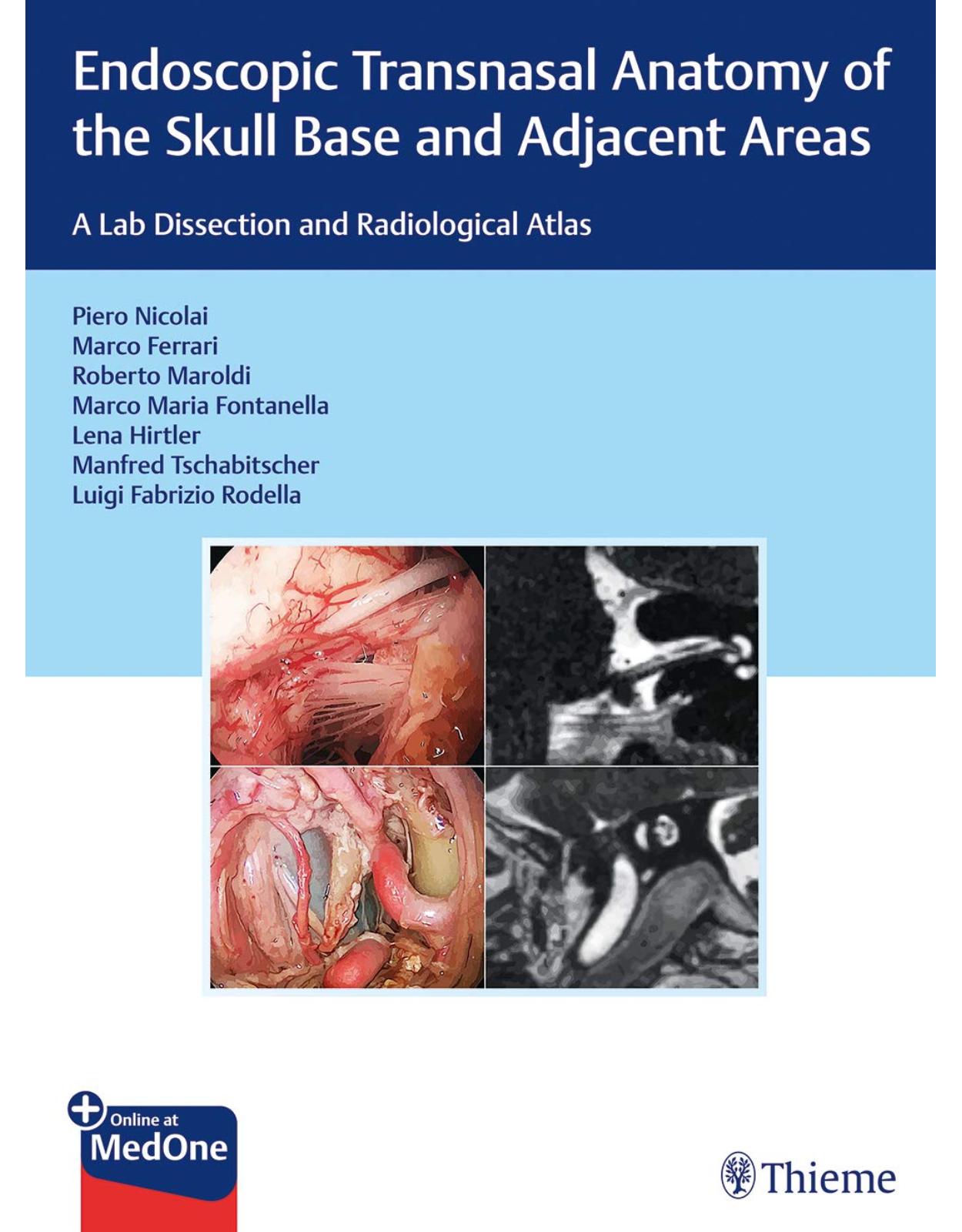
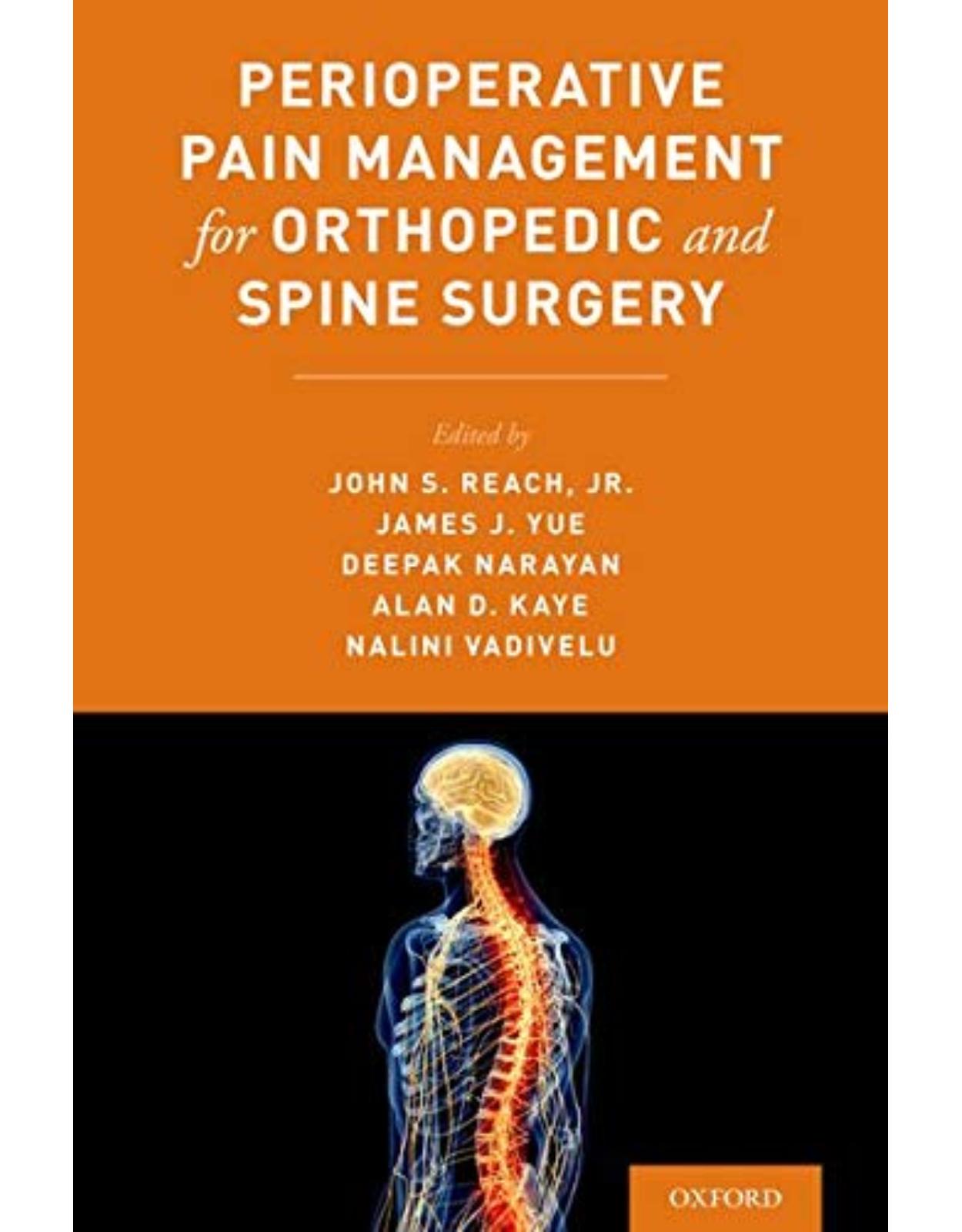
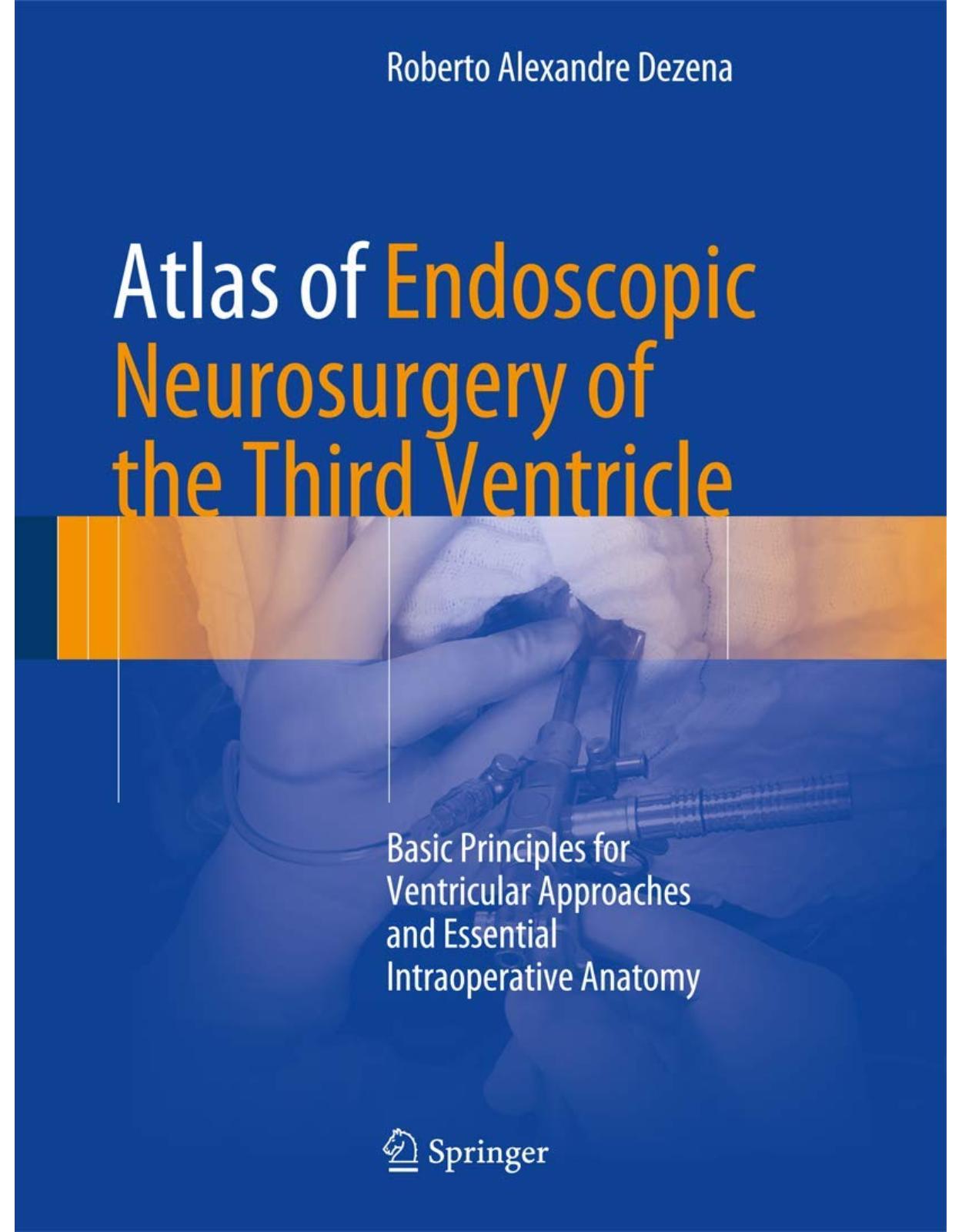
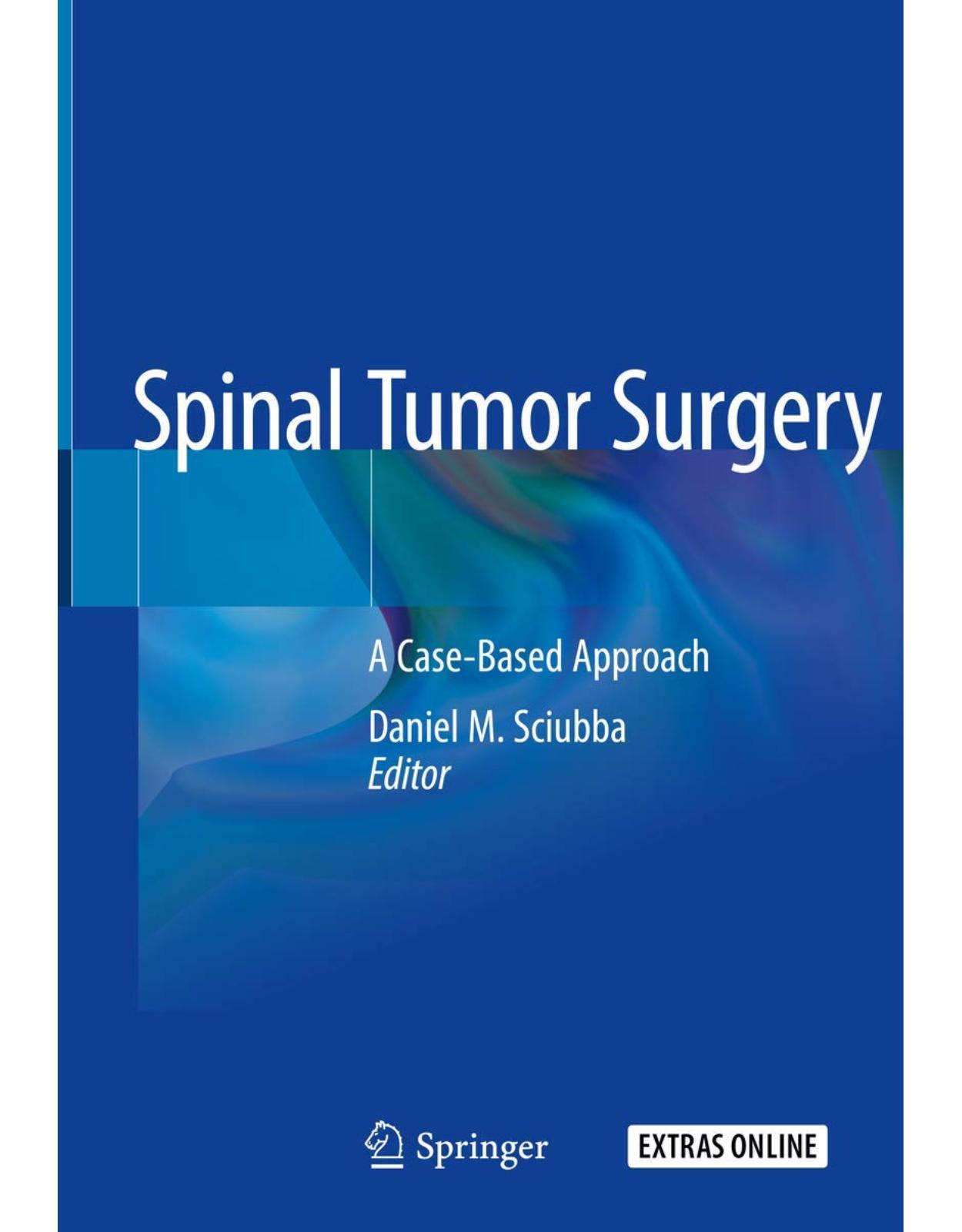
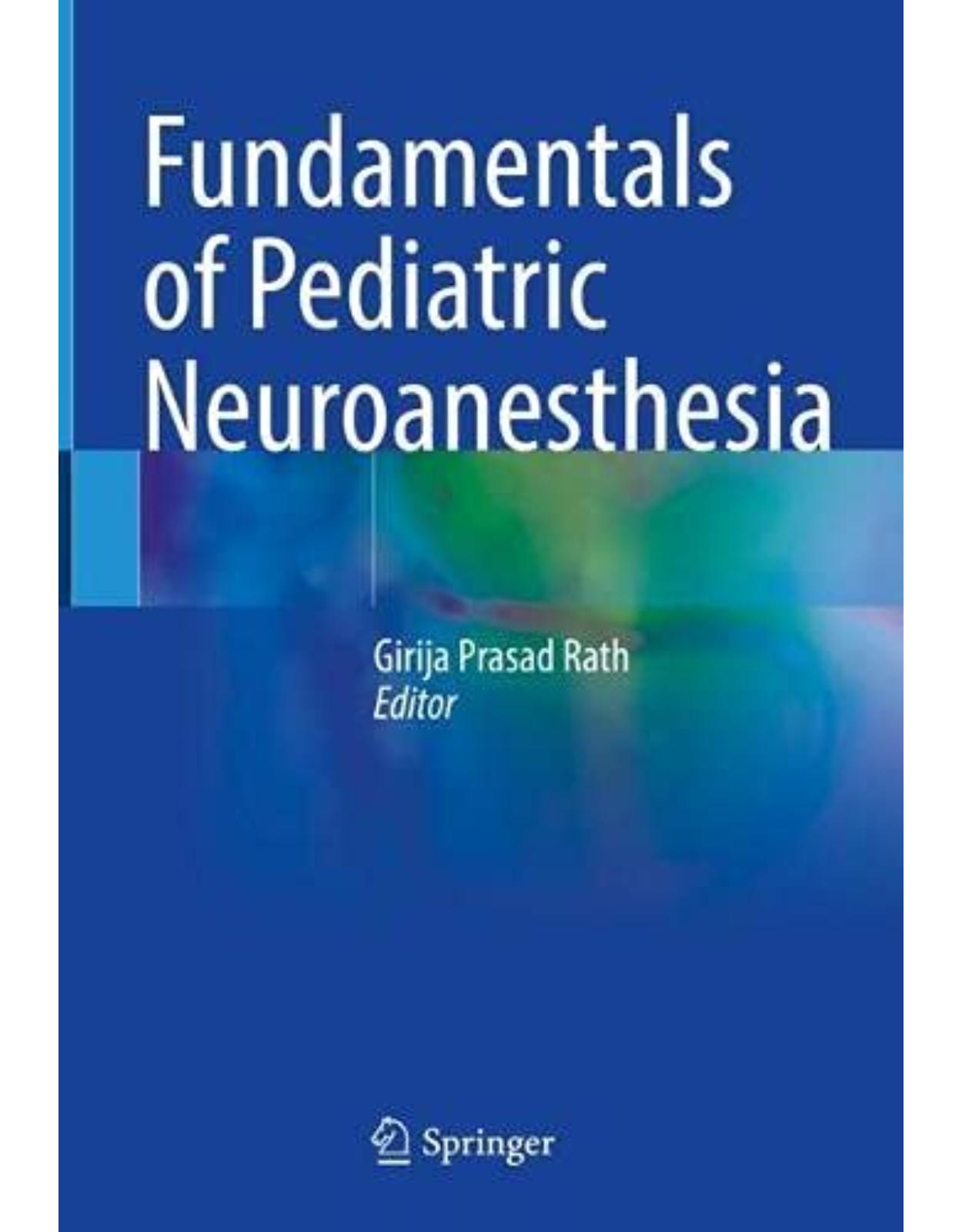
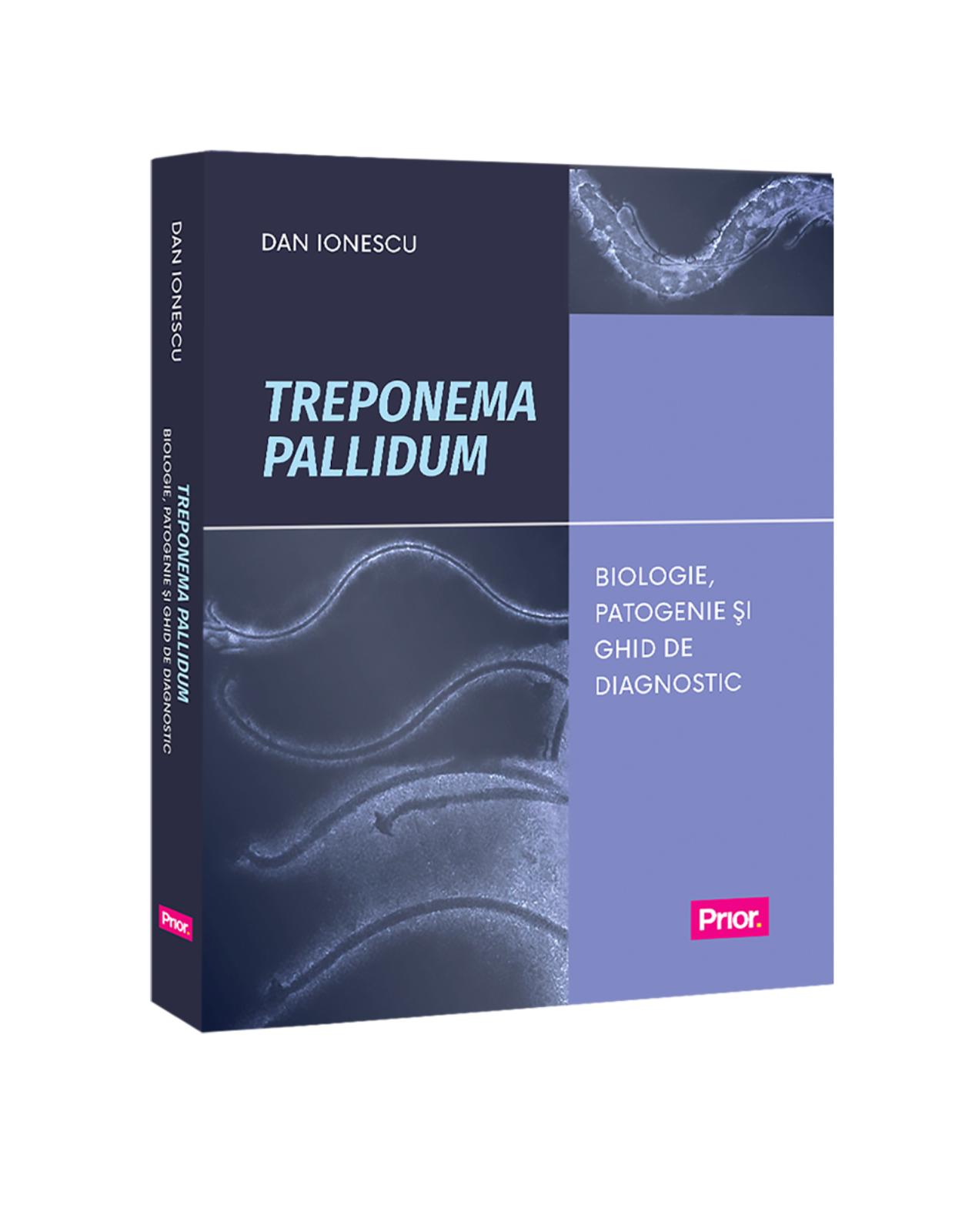
Clientii ebookshop.ro nu au adaugat inca opinii pentru acest produs. Fii primul care adauga o parere, folosind formularul de mai jos.